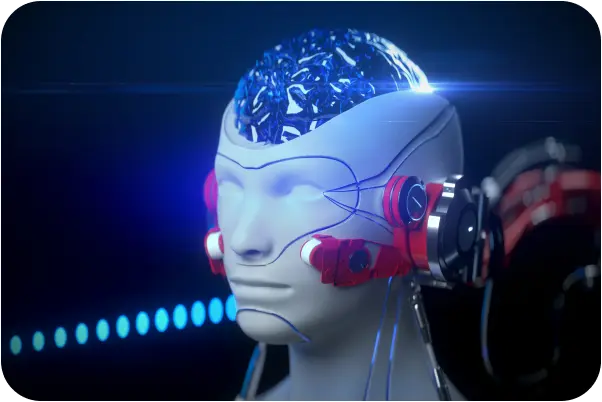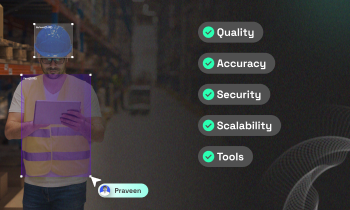Can I request a specific voice tone (e.g., calm, energetic, formal)?
TTS
User Experience
Speech AI
Yes, you can request specific voice tones like calm, energetic, or formal in AI voice synthesis. Achieving these tones relies heavily on the quality and variety of the text-to-speech dataset used during the training process. Understanding how voice tone works and its impact can be crucial for creating engaging and context-appropriate AI interactions.
Voice Tone in AI Voice Synthesis
Voice tone in AI refers to the emotional quality or attitude conveyed in speech. It involves attributes like pitch, pace, and inflection, which together influence how messages are perceived. In AI voice synthesis, capturing these tones is essential for applications that require human-like interaction.
The tone significantly impacts user experience across various applications. For example, a calm tone is beneficial in healthcare to reassure patients, while an energetic tone can enhance engagement in gaming. Recognizing these dynamics helps teams develop AI voice technologies that meet user expectations and improve satisfaction.
Key Steps to Achieving Specific Voice Tones
- Dataset Selection: Choosing a diverse dataset is the first step. This includes various speakers with different tones, such as scripted dialogues or emotional readings. At FutureBeeAI, we provide datasets recorded in professional environments, ensuring high-quality voice data crucial for accurate tone representation.
- Annotation and Quality Control: Accurate annotation of the dataset to capture tone, emotion, and context is vital. FutureBeeAI excels in this area, offering robust speech annotation processes that preserve the nuances of voice tone.
- Model Training: The dataset is used to train machine learning models, teaching them to associate specific vocal characteristics with desired tones. Advanced models can detect subtle variations, enabling them to produce outputs that reflect the requested tone.
- Testing and Fine-Tuning: Post-training, models undergo rigorous testing. User feedback sessions are integral, allowing real users to assess the voice outputs and suggest improvements, ensuring reliability in tone production.
Challenges and Considerations
While it is feasible to request specific tones, challenges exist:
- Data Limitations: A lack of tonal diversity in datasets can hinder the AI's ability to produce desired tones convincingly. FutureBeeAI overcomes this by offering datasets with comprehensive emotional expression.
- Complexity of Human Emotion: Human emotions are complex and subjective, making it challenging for AI to capture nuances accurately. However, advancements in emotional AI are continuously improving this aspect.
- Resource Intensive: High fidelity in tone representation demands significant processing power and time. Balancing this with system performance is crucial for practical applications.
Real-World Impacts of Specific Voice Tones
Adopting specific voice tones has proven beneficial in various scenarios:
- In healthcare, using a calm tone in AI applications can help soothe anxious patients.
- In marketing, energetic tones can boost engagement and drive customer interaction.
- In gaming, character voices with expressive tones enhance player immersion.
Common Pitfalls in Achieving Desired Voice Tones
Teams often underestimate the importance of diverse datasets, leading to generic output lacking emotional depth. Additionally, skipping user feedback during testing can result in missed opportunities for refinement.
Final Thoughts
Ultimately, requesting specific voice tones in AI voice synthesis is achievable with the right approach. It requires a focus on high-quality, diverse datasets and meticulous training and testing processes. At FutureBeeAI, we specialize in providing the necessary data infrastructure, ensuring your AI applications can deliver engaging, context-appropriate voice interactions.
Smart FAQs
Q. Can AI voice systems adapt to different contexts?
A. Yes, provided they are trained on diverse datasets that include various emotional expressions and tones, allowing them to adjust their tone based on context.
Q. How can teams ensure they capture the right voice tones in their datasets?
A. Using skilled voice actors, robust annotation processes, and continuous user feedback are key to refining datasets, ensuring accurate representation of desired emotional tones.
What Else Do People Ask?
Related AI Articles
Browse Matching Datasets
Acquiring high-quality AI datasets has never been easier!!!
Get in touch with our AI data expert now!








